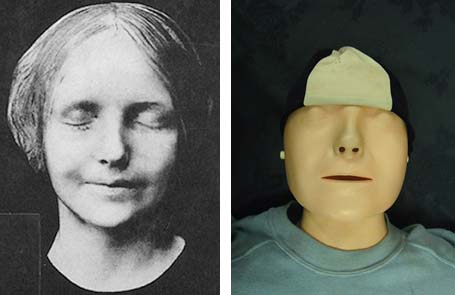In over five million years of human evolution, only one organ has come to exist for the sole purpose of providing pleasure — the clitoris.
[Princess Marie Bonaparte] suffered from what many women today still do – the inability to reach orgasm solely through vaginal intercourse. Defying the social mores of her era, she discovered she could reach orgasm through masturbation. (…)
She first examined and interviewed 243 women. One by one she measured the distance between their clitorises and the vaginas, then compared the distance to their frequency and ease of orgasm. What she discovered was a direct correlation between the ability to orgasm through vaginal sex and the measurement of space between the vagina and the external part of the clitoris. She categorized the findings from her subjects in three ways: paraclitoridiennes (para meaning “alongside”), mesoclitoriennes (meso meaning “in the middle”), and téléclitoridiennes (télé meaning “far”).
Paraclitoridiennes were the fortunate ones. The space between their vaginas and clitorises measured less than one inch. For the 69% of her test subjects that fell into this category, vaginal orgasm was easier than ever to reach. However, similar studies conducted in modern times prove this statistic extremely high.





















